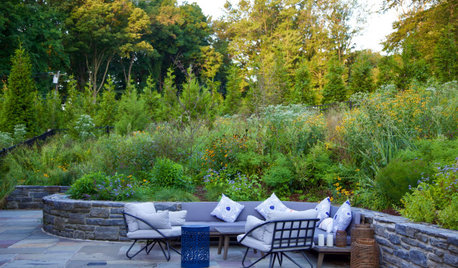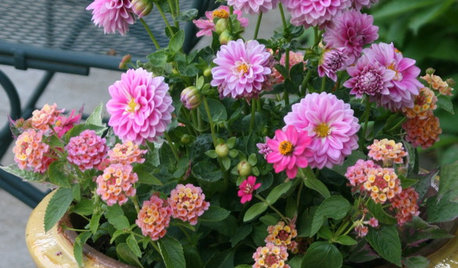Salvia guaranitica 'Argentine Skies'
robinmi_gw
17 years ago
Related Stories

GARDENING GUIDESDesign a Beautiful Fall Garden That Pollinators Will Love
Consider using these design principles and wildlife-friendly practices in your landscape
Full Story
GARDENING GUIDES10 Sizzling-Hot Summer Container Gardens
Use these dramatic combinations to create standout displays for your patio, porch or entryway
Full Story





rich_dufresne
robinmi_gwOriginal Author
Related Professionals
Glen Ellyn Landscape Architects & Landscape Designers · South Orange Landscape Architects & Landscape Designers · Springfield Landscape Contractors · Azalea Park Landscape Contractors · Cliffside Park Landscape Contractors · Del Aire Landscape Contractors · La Mirada Landscape Contractors · Mahwah Landscape Contractors · Mount Kisco Landscape Contractors · Tamarac Landscape Contractors · Bethesda Siding & Exteriors · Hacienda Heights Siding & Exteriors · Kenosha Siding & Exteriors · Layton Siding & Exteriors · Richmond Siding & Exteriorsmrsboomernc
beachlily z9a